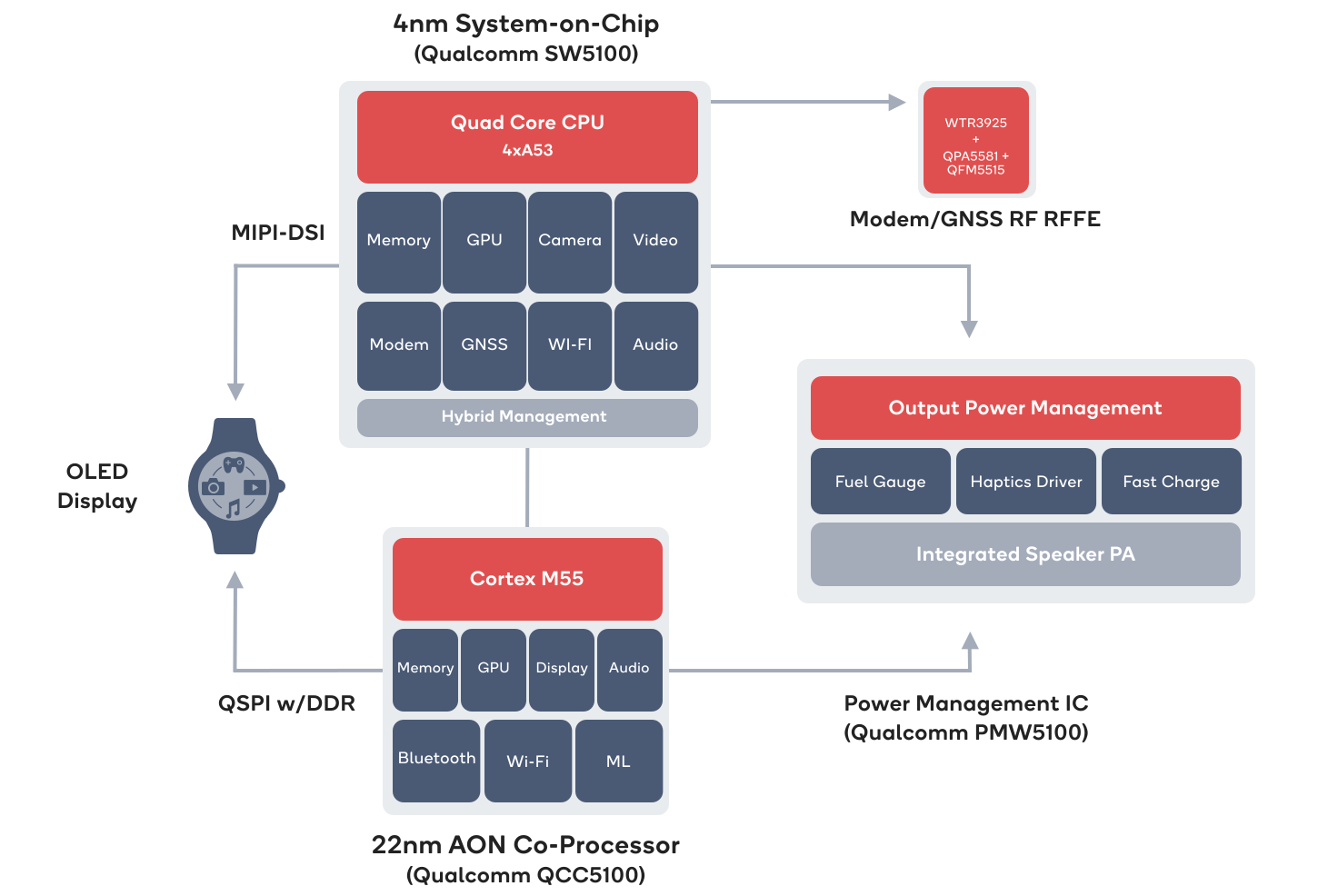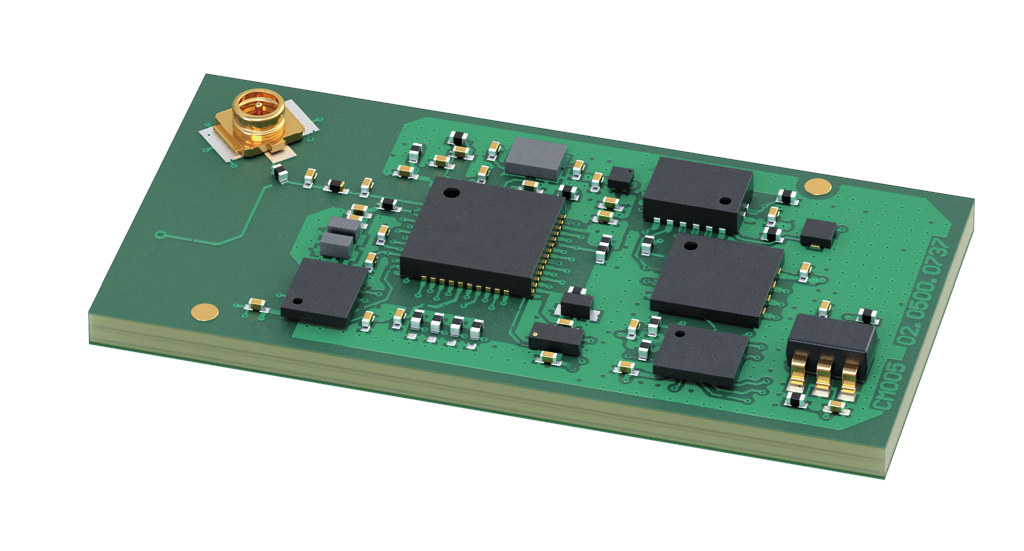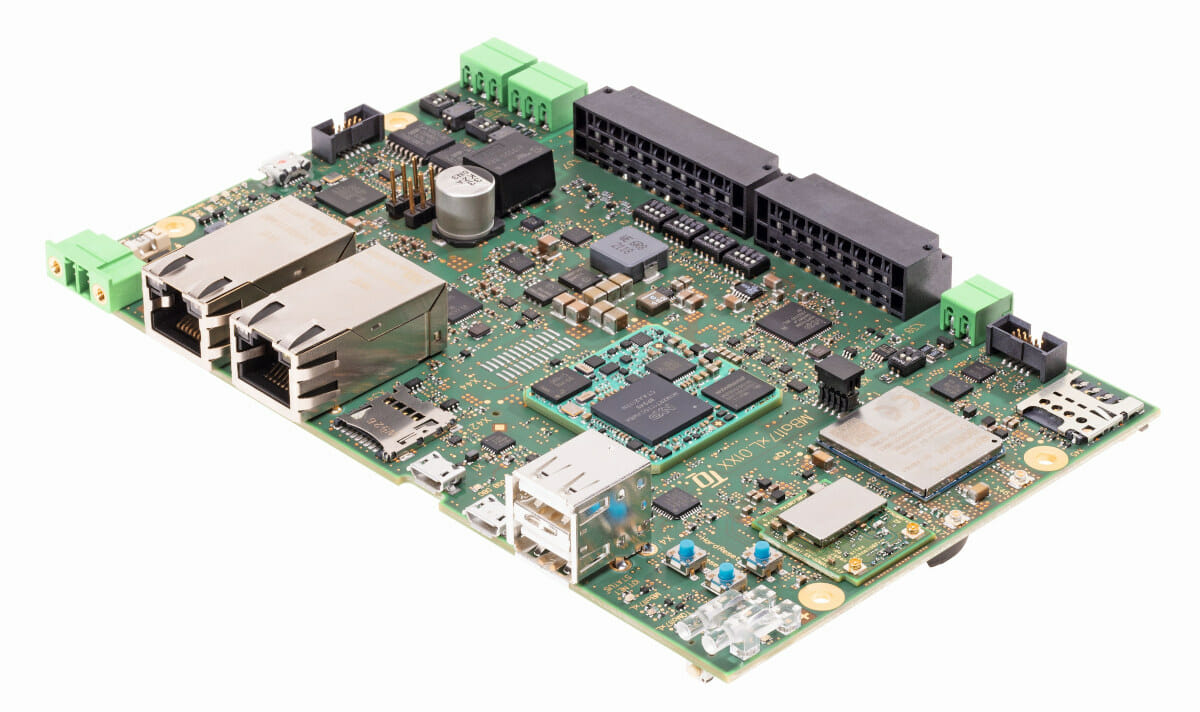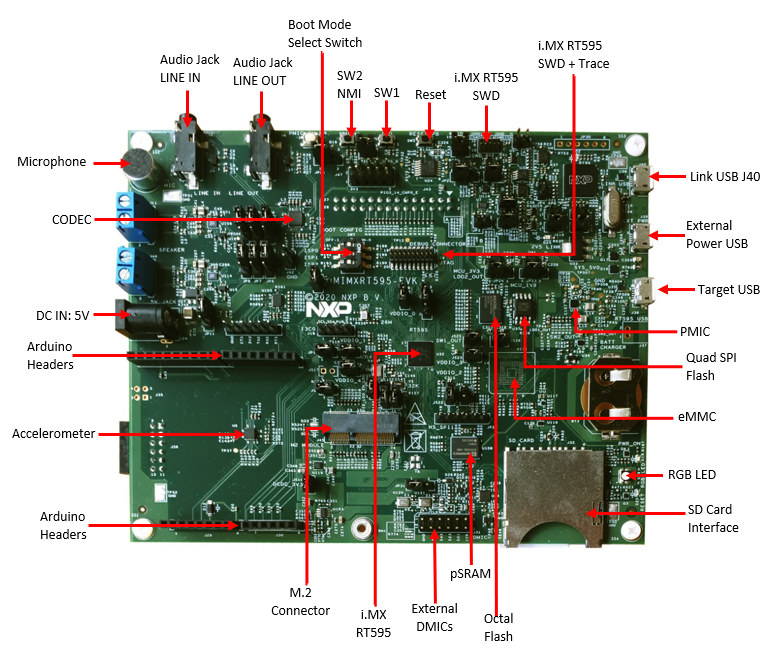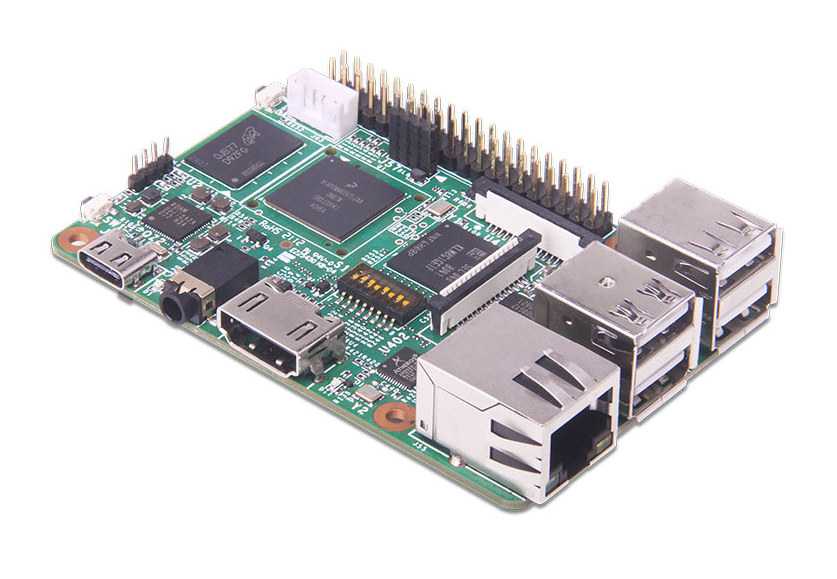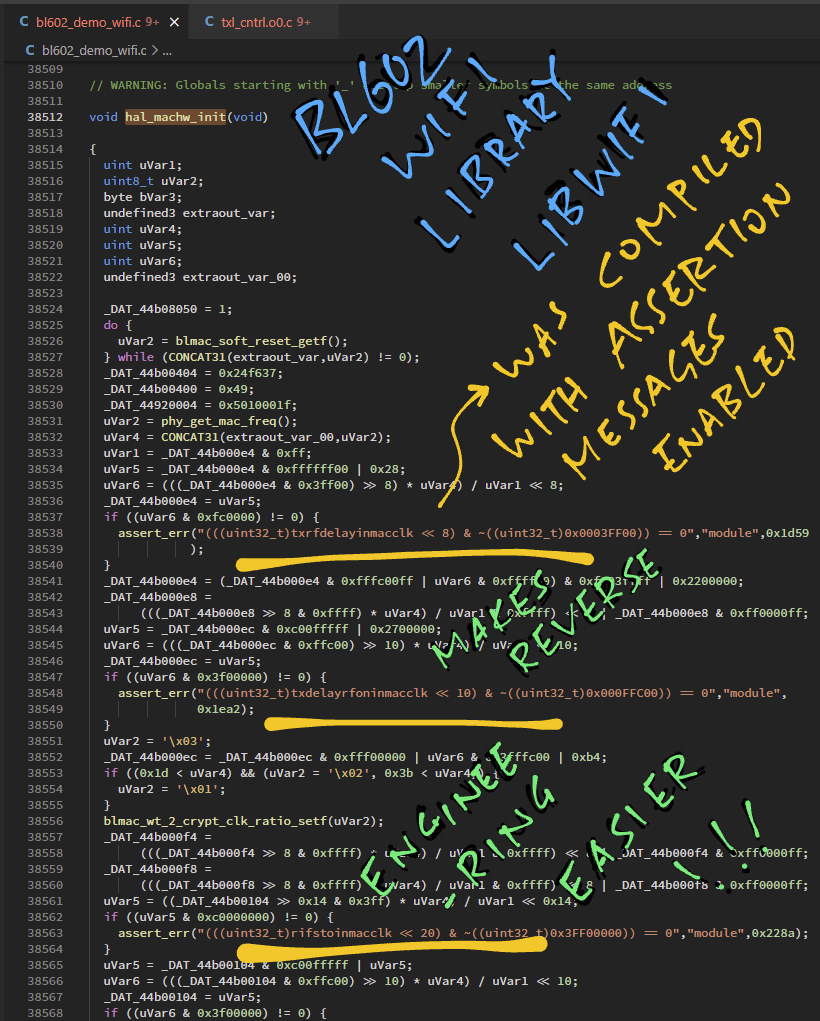It’s been a while since Qualcomm released a new platform for wearables. More exactly, the Snapdragon 4100 platform was announced a little over two years ago, and now Qualcomm has just introduced the Snapdragon W5+ and W5 Gen 1 platforms with up to 50% longer battery, twice the performance, and 30 percent smaller size. Just like the Snapdragon 4100, the Snapdragon W5 comes with four Arm Cortex-A53 processor (SW5100), but is clocked at 1.7 GHz and manufactured with a 4nm process, while the always-on (AON) co-processor is upgraded from a Cortex-M0 chip to the QCC5100 Cortex-M55 chip manufactured with a 22nm process. Snapdragon W5+/W5 specifications: W5100 SoC CPU – Quad-core Cortex-A53 processor @ up to 1.7 GHz GPU – Qualcomm Adreno A702 @ up to 1 GHz with OpenGL ES 3.1 API support DSP – Qualcomm Hexagon DSP V66K System Memory – 16-bit LPDDR4 up to 2,133 MHz […]
OSM Size-0 solder-on LGA module comes with ESP32 WiFi & BLE MCU
German embedded systems company iesy’s ESP32 OSM-0F is an ESP32-based solder-on LGA system-on-module that complies with SGET OSM Size-0 (30x15mm) form factor, offers WiFi and Bluetooth connectivity, and more. The SGET Open Standard Module (OSM) standard defines four module sizes, namely Size-0 (30x15mm), Size-S (30x30mm), Size-M (45x30mm), and Size-L (45x45mm), and all the modules we’ve covered so far were powered by a Linux-capable processor. But it’s more challenging, albeit not impossible, to design a Linux-capable OSM Size-0 module, and that form factor is better suited to microcontroller-class chips like ESP32. (Technically, ESP32 can run Linux, but it’s more for show that any practical applications) ESP32 OSM-0F specifications: Microcontroller – Espressif ESP32 dual-core Xtensa LX6 MCU @ 240 MHz with 512KB RAM, Wi-Fi 802.11 b/g/n and Bluetooth/BLE Storage – 32 Mbit SPI flash Antenna – u.FL connector 188 LGA contact points with Storage – SDIO Networking – 1x 10/100M Ethernet (RMII), […]
The Eclipse Oniro Project aims to deliver consumer & IoT software that works across multiple platforms
Several of the embedded talks at FOSDEM 2022 mention the “Eclipse Oniro Project”. I had never heard about that project from the Eclipse Foundation, so let’s see how they describe it: Oniro is an Eclipse Foundation project focused on the development of a distributed open source operating system for consumer devices, regardless of the brand, model, make. Oniro is a compatible implementation for the global market of OpenHarmony, an open source operating system specified and hosted by the OpenAtom Foundation. Designed with modularity in mind, Oniro offers greater levels of flexibility and application portability across the broad spectrum of consumer and IoT devices — from tiny embedded sensors and actuators, to feature rich smart appliances and mobile companions. As a distributed and reusable collection of open source building blocks, Oniro enables compatibility with other open source technologies and ecosystems. Through close collaboration with projects and foundations such as OpenHarmony from […]
Imagination introduces Catapult RISC-V CPU cores
As expected, Imagination Technologies is giving another try to the CPU IP market with the Catapult RISC-V CPU cores following their previous unsuccessful attempt with the MIPS architecture, notably the Aptiv family. Catapult RISC-V CPUs are/will be available in four distinct families for dynamic microcontrollers, real-time embedded CPUs, high-performance application CPUs, and functionally safe automotive CPUs. The new 32-/64-bit RISC-V cores will be scalable to up to eight asymmetric coherent cores-per cluster, offer a “plethora of customer configurable options”, and support optional custom accelerators. What you won’t see today are block diagrams and detailed technical information about the cores because apparently, all that information is confidential even though some Catapult RISC-V cores are already shipping “in high-performance Imagination automotive GPUs”. The only way to get more details today is to sign an NDA. Having said that we have some more information about the target markets and development tools. Imagination Capapult […]
TQ Embedded launches NXP i.MX RT1170 SoC module and SBC
TQ Embedded (aka TQ) has just announced the availability of the TQMa117xL system-on-chip module based on NXP i.MX RT1170 crossover processor family, and as well as MBa117xL single board computer (SBC) based on the 31×31 mm module. TQMa117xL’s small size has been achieved thanks to a 277-pad LGA design, with the module still integrating LP-SDRAM, Quad-SPI NOR flash and EPROM, a PMIC, as well as an optional security chip. TQMa117xL i.MX RT1170 SoM Specifications: Crossover processor (one or the other) NXP i.MX RT1171 with Cortex-M7 @ up to 1 GHz (Consumer) or 800 MHz (industrial), 1 GbE (AVB) NXP i.MX RT1172 with Cortex-M7 @ 800 MHz/ 1 GHz, graphics accelerators and camera/display interfaces, 1GbE (AVB) NXP i.MX RT1173 with Cortex-M7 @ 800 MHz (industrial only), Cortex-M4 @ 400 MHz, 1GbE (AVB), graphics accelerators and camera/display interfaces, tamper inteface NXP i.MX RT1175 with Cortex-M7 @ 800 MHz / 1 GHz, Cortex-M4 […]
NXP i.MX RT500 Cortex-M33 Crossover MCU integrates DSP, 2D GPU for wearables and IoT devices
NXP i.MX RT500 is the second Cortex-M33 Crossover MCU following the NXP i.MX RT600 Series announced in 2018, and optimized for low-power HMI applications such as wearables and Smart Home & IoT devices. NXP Crossover MCUs are typically clocked at 600 MHz or more, but NXP i.MX RT500 Cortex-M33 is limited to 200 MHz, and combined with 200 MHz Tensilica Fusion F1 DSP as well as a 2D GPU, and power optimizations that enable long battery life of up to 40 days on a charge for wearables like smartwatches. NXP i.MX RT500 key features and specifications: MCU Core – Cortex-M33 @ up to 200 MHz with Arm TrustZone, M33 built-in Memory Protection Unit (MPU), PowerQuad hardware accelerator for DSP functions, CASPER crypto coprocessor for asymmetric cryptographic algorithms DSP Core – Cadence Tensilica Fusion F1 DSP @ up to 200 MHz On-Chip Memory Up to 5 MB of system SRAM accessible […]
Geniatech XPI-iMX8MM SBC offers NXP i.MX 8M Mini processor in Raspberry Pi form factor
Geniatech XPI-iMX8MM is a new member of the company’s XPI SBC family following Raspberry Pi 3 form factor and equipped with the 14nm NXP i.MX 8M Mini quad-core Cortex-A53 processor. The new board follows XPI-S905X (Amlogic S905X), XPI-3128 (Rockchip RK3128), and XPI-3288 (Rockchip RK3288) single board computer introduced over the last three years with many of the same features including HDMI output, four USB ports, Ethernet, and so on. Geniatech XPI-IMX8MM specifications: SoC –NXP i.MX 8M Mini quad-core Arm Cortex A53 processor @ up to 1.8 GHz with Cortex-M4 real-time core, 2D and 3D Vivante GPUs, 1080p60 H.265/H.264 video decoder, 1080p60 H.264 video encoder System Memory – 1GB (default) to 4GB LPDDR4 Storage – 8GB (default) to 128GB eMMC 5.x flash, MicroSD card slot Video & Audio Output HDMI 1.4 up to 4Kp30 3.5mm AV jack with composite video and stereo audio 2-lane MIPI DSI connector Camera – 2-lane MIPI […]
Reverse engineering the SDK for BL602 RISC-V WiFi & BLE microcontroller
Bouffalo Lab BL602, and its big brother BL604 with extra GPIOs, are RISC-V microcontrollers with WiFi and Bluetooth LE that offer an alternative to Espressif Systems ESP32 Xtensa based WiSoC, although Espressif has also designed its own RISC-V solution: ESP32-C3. Soon after the “announcement” in October 2020, we found out the SDK and a relatively cheap BL602 board, but the SDK has many closed-source binaries. Soon after Sipeed and Pine64 expressed their interest in developing an open-source toolchain and even an open-source WiFi (and BLE) stack. Time has passed and even got a Pinecone board in January, but did not do anything with it, especially seeing the status of the software. The same cannot be said for Lup Yuen Lee (aka MrTechBlog) who spent a lot of time doing interesting with Pine64 BL602 module and board including playing and thoroughly documenting his work with Tensorflow Lite, connecting the board to […]


